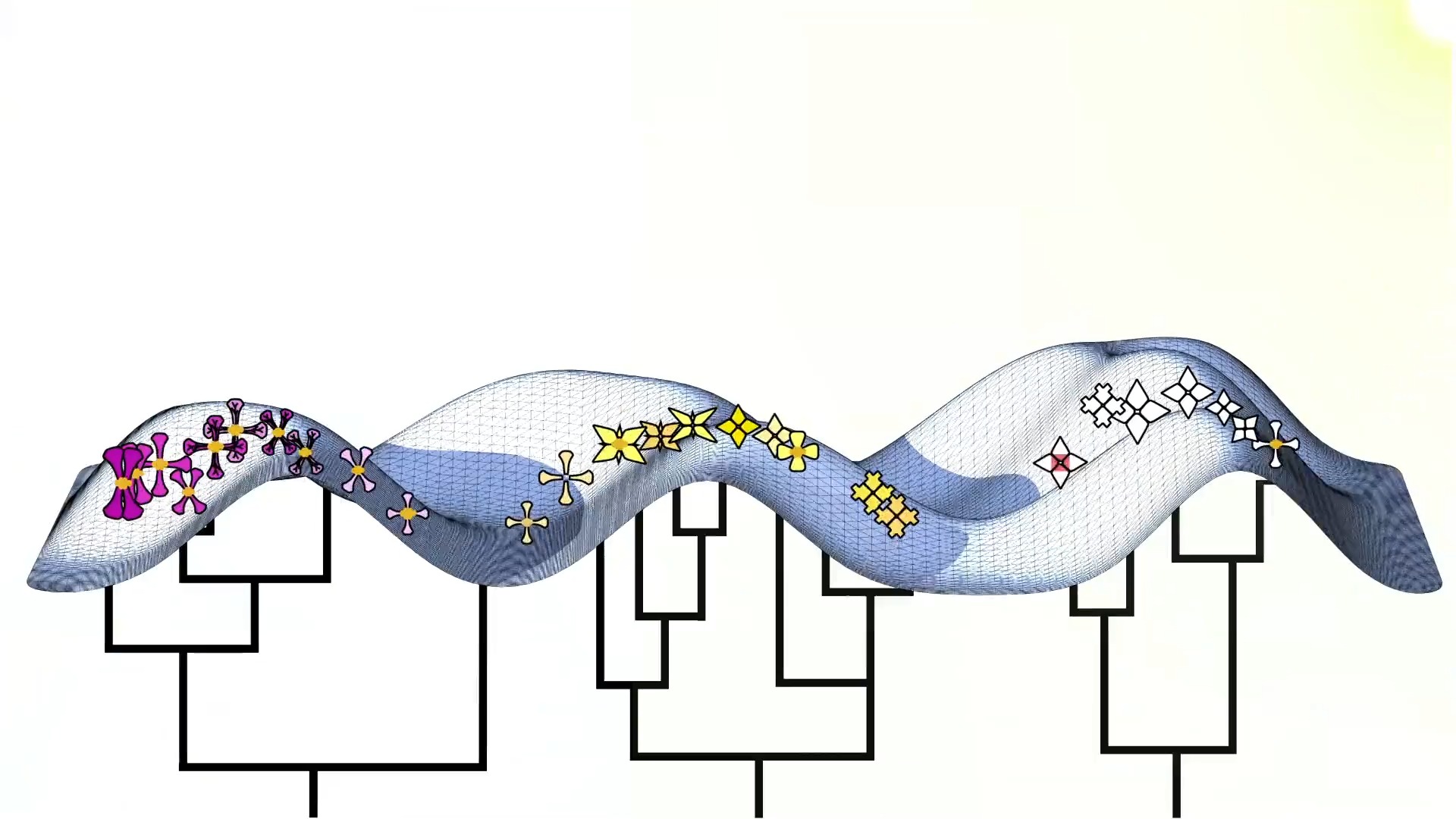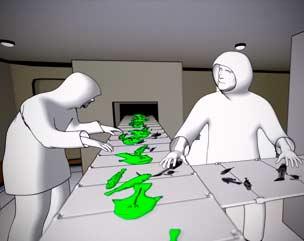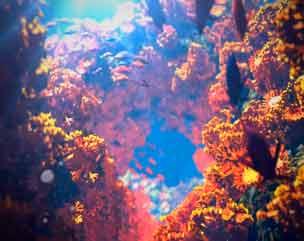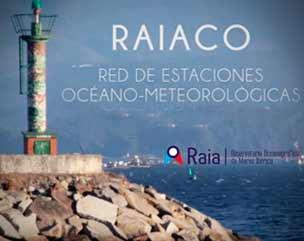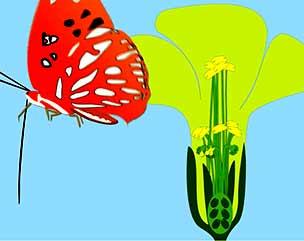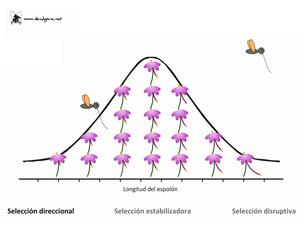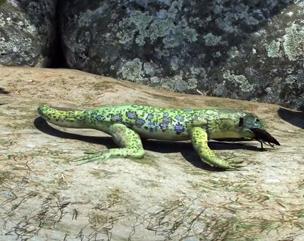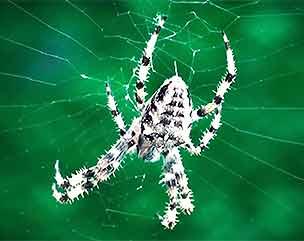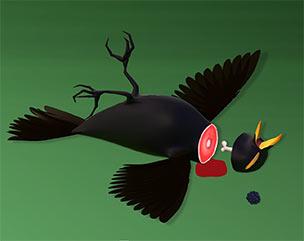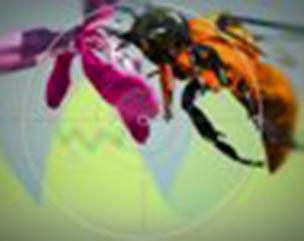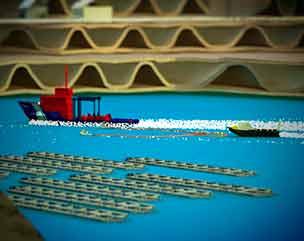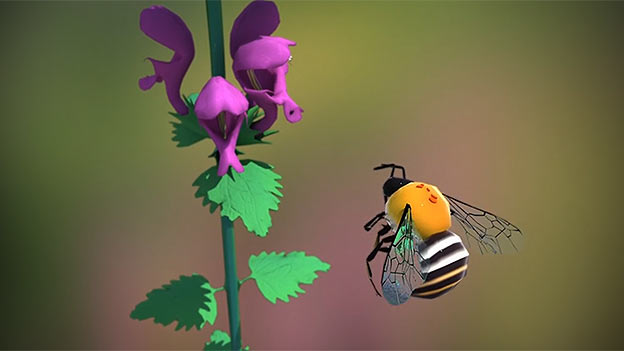Adaptative Strategies: The Hypothesis of “Burglar Alarm” 27 de feb. de 2013
Visto 1807
veces
Adaptative Strategies: The Hypothesis of “Burglar Alarm”
Divulgare.
Some microscopic algae use energy in producing bioluminescence. In this video we explain the adaptative advantages of such energetic release for this group of microorganisms. The algae (Noctiluca scintillans) are predated by the copepods, other members of the zooplankton which have transparent bodies. When copepods feed on noctilucas they turn sparkling and become striking to their own predators, which then distinguish copepods more easily. Thus the noctilucas have turned their predators in alarms to call for help.
i18n.one.Series:
Divulgare. Canal de Divulgación. Grupo de Investigación de Ecoloxía e Evolución de Plantas da Universidade de Vigo.
Presenta:
DIVULGARE - Canal de Divulgación
Universidade de Vigo
Vídeos da mesma serie
Invasiones Biológicas. El caso del mejillón cebra (Dreissena polymorpha).
Divulgare.
27 de feb. de 2013
Evolución da morfología craneal nos morcegos filostómidos en relación cos hábitos alimenticios.
Divulgare.
27 de feb. de 2013
La diversidad de mamíferos influye en el ciclo de carbono en la Amazonia
Vídeo divulgativo | Divulgare
27 de feb. de 2013
Ecología trófica de la araña de la cruz (Araneus diadematus)
Vídeo divulgativo | Divulgare
27 de feb. de 2013
Causas e consecuencias das invasioóns biolóxicas: O caso do vinagrillo (Oxalis pes-caprae)
Divulgare.
27 de feb. de 2013
ArcopolPlus: Production and dissemination of educational material and e-learning
Divulgare.
27 de feb. de 2013


